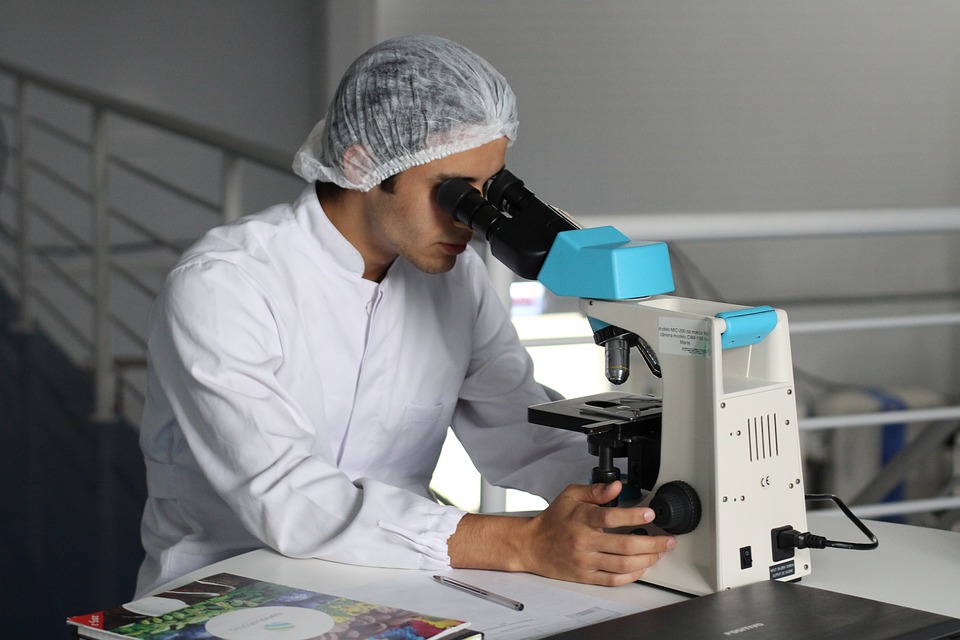
Inflammatory processes are common and highly complex, which involve a cascade of events that begins with the accumulation of platelets and the release of PDGF (platelet-derived growth factor).
Inflammation may be divided into two main types: acute or chronic. The acute type is characterized by a short duration, characterized by the exudation of fluid and plasma proteins, besides the accumulation of leukocytes, predominantly neutrophils. Chronic is characterized by a long duration, high influx of lymphocytes and macrophages with vascular proliferation and fibrosis.
Inflammation has a diverse etiology and may be the result of a large number of factors, such as pathogens, foreign bodies and a more endogenous process in a tumor.
There is a consensus that when a tumor grows, it induces more inflammation, which stimulates its growth. This means that the local inflammatory reaction has a close relationship with the aggression of the tumor, and ability to propagate over long distances, reaching the blood vessels and lymph nodes, sowing the metastases. Although the treatment of the inflammatory process is quite old, it presents flaws and demands increasingly specific medications, particularly when it is affected by other diseases such as cancer.
In these cases, the use of drugs with little adverse and highly specific effects is required. In addition, given the casuistic relationship between cancer and inflammation, it is sometimes difficult to distinguish between one and the other. The effectiveness of the treatment is then compromised. In this context, the use of nanodrugs that have high targeting and specificity is highly sought after. These nanodrugs are produced using nanotechnology and range in size between 10-500 nm, which gives them high permeability and functionality, helping them to cross biological barriers and act more effectively and accurately.
Nevertheless, one of the great challenges of modern pharmacology is to accurately determine the inflammatory foci and thus to differentiate them from possible cancerous lesions as well as to determine their co-existence. Our team developed an anti-inflammatory nanodrug based on dexamethasone and betamethasone (two potent anti-inflammatory drugs), which are 200-220nm in size and incorporates a radioactive element (99mTc).
To develop the nanoparticles, our group used non-toxic and biodegradable polymers such as PLA (poly-lactic acid). The technique used for the formation of nanodrugs is well established: double emulsification with evaporation of the solvent. Thus, spherical nanoparticles were obtained, with a high degree of reproducibility and are ready for use. The radioactive material was used along with nanodrugs, since the 99mTc is used to perform imaging tests such as Computed Tomography, in this specific case the SPECT.
Thus, with the incorporation of the 99mTc nanoparticles, we can accurately and effectively detect the inflammatory points by image, and thus treat them more efficiently. There is no need for invasive tests such as a biopsy. For the incorporation of the 99mTc, the group has a unique technique that uses the coordination chemistry of 99mTc, radiolabeling directly the nanoparticles. Animal results demonstrated that anti-inflammatory nanoparticles and radiolabeled with99mTc exhibit excellent biological activity with high accumulation at the desired site. In addition, they were able to distinguish accurately the inflammatory lesions.
The results demonstrated that the nanodrugs associated with 99mTc are highly efficient and accurate and correspond to the important advance in the area of oncology/inflammation.
The study, Anti-inflammatory/infection PLA nanoparticles labeled with technetium 99m for in vivo imaging was recently published in the Journal of Nanoparticle Research.








